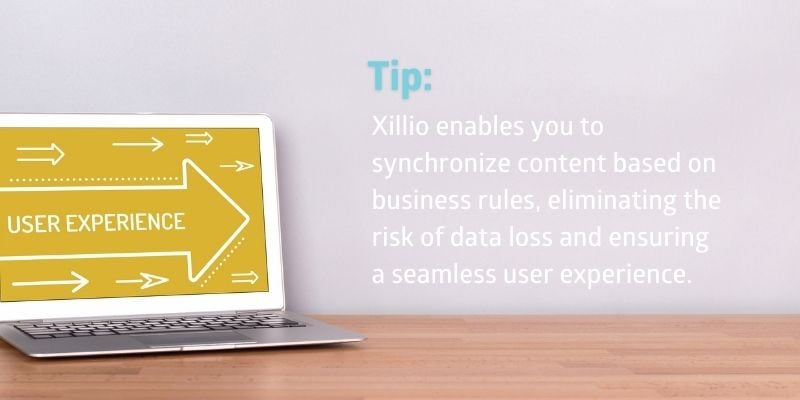Three migration frameworks to consider for your project and when to use them
by Sjoerd Alkema, on Feb 3, 2022 2:58:24 PM
Are you planning to migrate content to a new system? Your project approach will depend upon your migration framework. In this blog, we will share insights on migration frameworks and when to apply them.
During project meetings with our customers, we always discuss modern approaches to ensure minimal disruption during the migration and to best leverage the benefits of the source platform. And we apply best practices throughout the project (as we have experience with hundreds of content migration projects and virtually every target environment, we have learned A LOT over the years!).
Xillio’s project managers and consultants often begin our work with clients when they are in the planning phase of a migration project. And early in the project, we need to make some key decisions about the approach. Such as upon the conclusion of the discovery phase of a project, where a key output is a detailed plan that includes deciding what migration framework will be used for the project.

As a project manager, you need to consider the following: Will you apply a “big bang” approach? Or migrate your content in stages? Successful project outcomes often can depend on whether the applied migration framework is the right one for the project. So what are possible approaches? Below are three of the most common frameworks we see with migration projects:
One-time Migration (“Big Bang”)
This is especially common with the migration of old archives and or content from records management applications. When users are primarily archivists and others have little or no need to access the application, the project can be executed as a one-time migration. Our approach is to follow our default Xillio migration process, in which we extract, analyze, design and test before we migrate. But in limited-scope and -impact scenarios, we run these phases only one time during the migration.
Phased Migration (Step-by-Step)
When the system is in use by groups of end-users working with the system, it often is a good choice to go for a phased approach. Reasons to go for a phased approach include:
- Your system is used by large groups of knowledge workers from different departments, and it is logical to implement the new content system (or major platform upgrade) in a phased or step-by-step approach. This can be done in stages - per department or per user group. Also, each group might have slightly different requirements when applying migration rules: a phased approach enables you to add significant value for users post-migration.
- The destination (target) system is not yet live, and also is also being rolled out in a phased approach. If possible, you want to stick to that same cadence for your content migration and make it part of the phased rollout of the new platform.
- There is a lot (or too much!) data, and the source system is still being actively used. To minimize business disruption, a phased approach may be the best project scenario – also simply because of the sheer volume of documents, files, and other content that needs to be migrated from the source to the target platform.
Synchronized Migration with Automated Iterations
At some point in a past migration, you may have needed to freeze your content. At this stage, new rule applications and content updates are paused and replaced by a timeframe during which users need to manually manage their content. Manual changes must be recorded in both systems to ensure there isn’t a content gap: however, this is labor-intensive and error-prone. The solution is to automate migration processes: this will minimize or eliminate content freezes.

As you can see, deciding on a framework is a key step in a migration project. And of course, in large projects, you may have scenarios where more than one framework is required, depending upon content type, volume and users. And compliant migrations or projects where you are moving large volumes of content often have multiple iterations of the above.
Are you planning a content migration project? Contact us to learn more about our project approach or to see our software in action - we’d love to speak with you!




%20(300%20x%2060%20px)%20(3).png?width=635&height=127&name=ISO%20email%20signature%20(390%20x%2060%20px)%20(300%20x%2060%20px)%20(3).png)